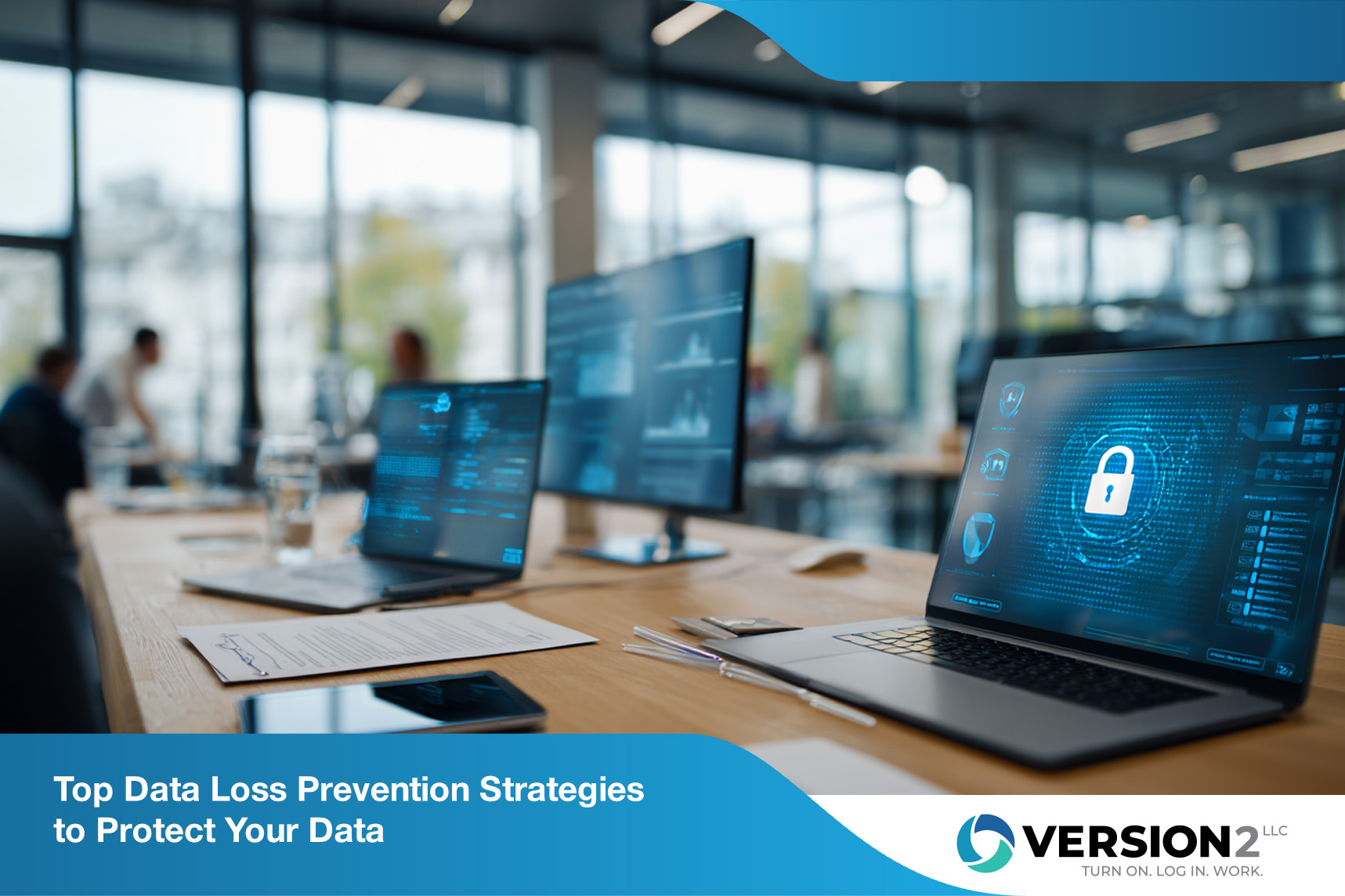
April 2, 2025
Complete Guide to Implementing IT Risk Management Framework
Discover how to implement an IT risk management framework to protect your business, minimize cyber threats, and maintain smooth operations with actionable strategies.
August 12, 2025

In a world driven by digital transformation, protecting your organization’s data is more important than ever. Sensitive data is constantly in motion—moving through email, cloud apps, and endpoints. Without a robust data loss prevention (DLP) strategy, you're leaving your enterprise data vulnerable to exposure, unauthorized transfers, and breaches. Whether you are storing sensitive data in the cloud or handling data across remote endpoints, DLP software can help manage and monitor critical information and stop data loss incidents before they escalate.
Data loss prevention also plays a crucial role in ensuring compliance with data privacy regulations like the General Data Protection Regulation (GDPR). By leveraging the right DLP tools and policies, your organization can reduce the risk of data exfiltration, data leakage, and unauthorized access. This post will explore the types of data loss, DLP solutions, causes of data loss, and DLP best practices for enterprises in 2025 and beyond.
Data loss prevention refers to a set of tools and practices designed to monitor, detect, and prevent unauthorized data transfers, especially those involving sensitive data. A DLP solution helps prevent the loss or leakage of confidential information by ensuring only authorized users can access or share it.
Organizations use DLP to secure data at rest, in motion, and in use. Whether it’s preventing data exfiltration through email or monitoring endpoints to detect sensitive data access attempts, DLP is vital for protecting sensitive data and ensuring compliance.
Understanding the type of data your organization handles is the first step in building a strong DLP strategy. Some common types include:
Each type of data requires unique security measures and retention policies. Data classification enables organizations to apply the correct DLP policies and ensure visibility into their data.

To effectively prevent data loss, it's essential to understand what causes it. Here are the most frequent triggers:
Understanding the causes of data loss helps organizations shape prevention strategies and develop stronger security policies.
Data loss is not a one-size-fits-all scenario. It occurs in multiple forms:
Each category requires targeted protection methods, such as endpoint DLP for data in use or encryption and data retention policies for data at rest.
Many use these terms interchangeably, but there's a difference:
Both pose serious threats to data security and must be addressed by strong detection and prevention systems.
A robust DLP solution consists of multiple layers that work together to protect your data. These include:
Cloud DLP and network DLP tools are especially useful for securing data in cloud environments and across enterprise networks.

DLP policies define the rules for how sensitive data can be accessed, shared, or blocked. Key elements of effective DLP policies include:
By enforcing strict DLP policies, organizations can prevent data leakage and improve overall data governance.
When selecting a DLP tool, consider the following:

Microsoft Purview Data Loss Prevention, for example, is a powerful solution that integrates with Microsoft 365 and allows organizations to detect, classify, and prevent unauthorized sharing of sensitive information across email, SharePoint, Teams, and more.
To stay ahead of threats, consider these DLP best practices:

DLP is no longer optional—it’s essential. As businesses deal with growing volumes of data, stricter regulations, and increasingly complex cyber threats, implementing a data loss prevention strategy is the only way to prevent data loss and maintain trust.
A modern DLP solution not only protects your organization’s data but also helps meet compliance standards, reduce risks, and improve overall information security posture. With the right DLP tool, policies, and practices in place, your organization can protect data at rest, in use, and in motion—whether it's stored in the cloud, shared via email, or accessed on endpoints.
The main goal of data loss prevention is to prevent unauthorized data transfers, exposure, or theft of sensitive information by detecting and stopping potential threats before they happen.
DLP tools use content inspection, pattern matching, and data classification methods to detect sensitive information like credit card numbers or personal data. They then enforce policies to block or monitor access.
Types of data threats include malicious insiders, external hackers, phishing attacks, ransomware, and accidental data exposure by employees. Each threat type can lead to different forms of data loss or leakage.
Cloud DLP secures data stored and transferred within cloud services by monitoring traffic, applying security policies, and blocking risky behavior like unauthorized file sharing or data uploads.
Microsoft Purview Data Loss Prevention integrates seamlessly with Microsoft 365, providing visibility into data across services and allowing real-time protection for sensitive information shared via email, Teams, and OneDrive.

April 2, 2025
Discover how to implement an IT risk management framework to protect your business, minimize cyber threats, and maintain smooth operations with actionable strategies.

March 27, 2025
Think on-site tech support still makes sense? This deep dive into remote IT support services shows why remote is faster, smarter, and built for how teams work today.

March 19, 2025
Explore how IT strategy consulting by Version2 optimizes business performance through strategic planning, technology integration, and proactive risk management.